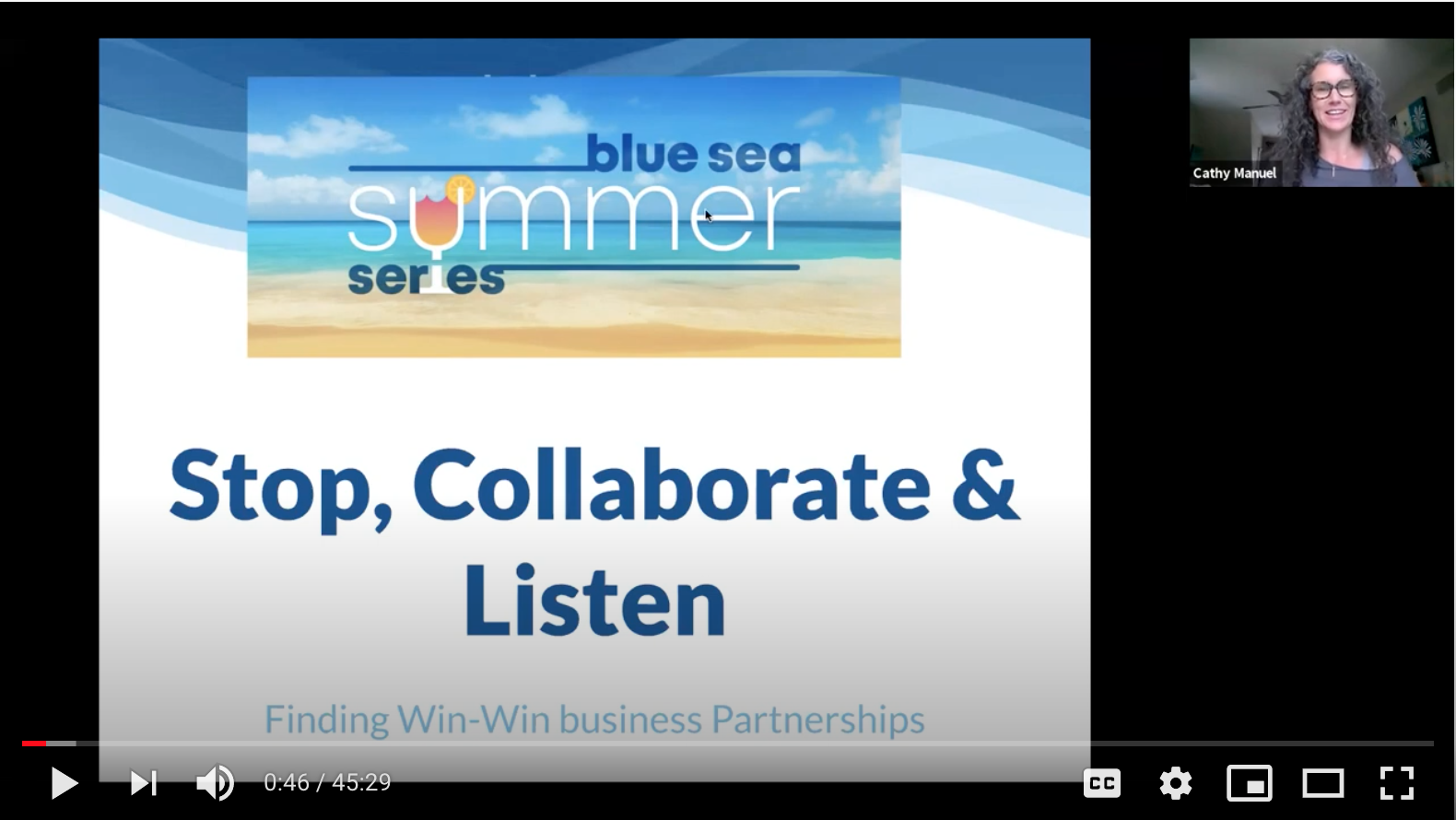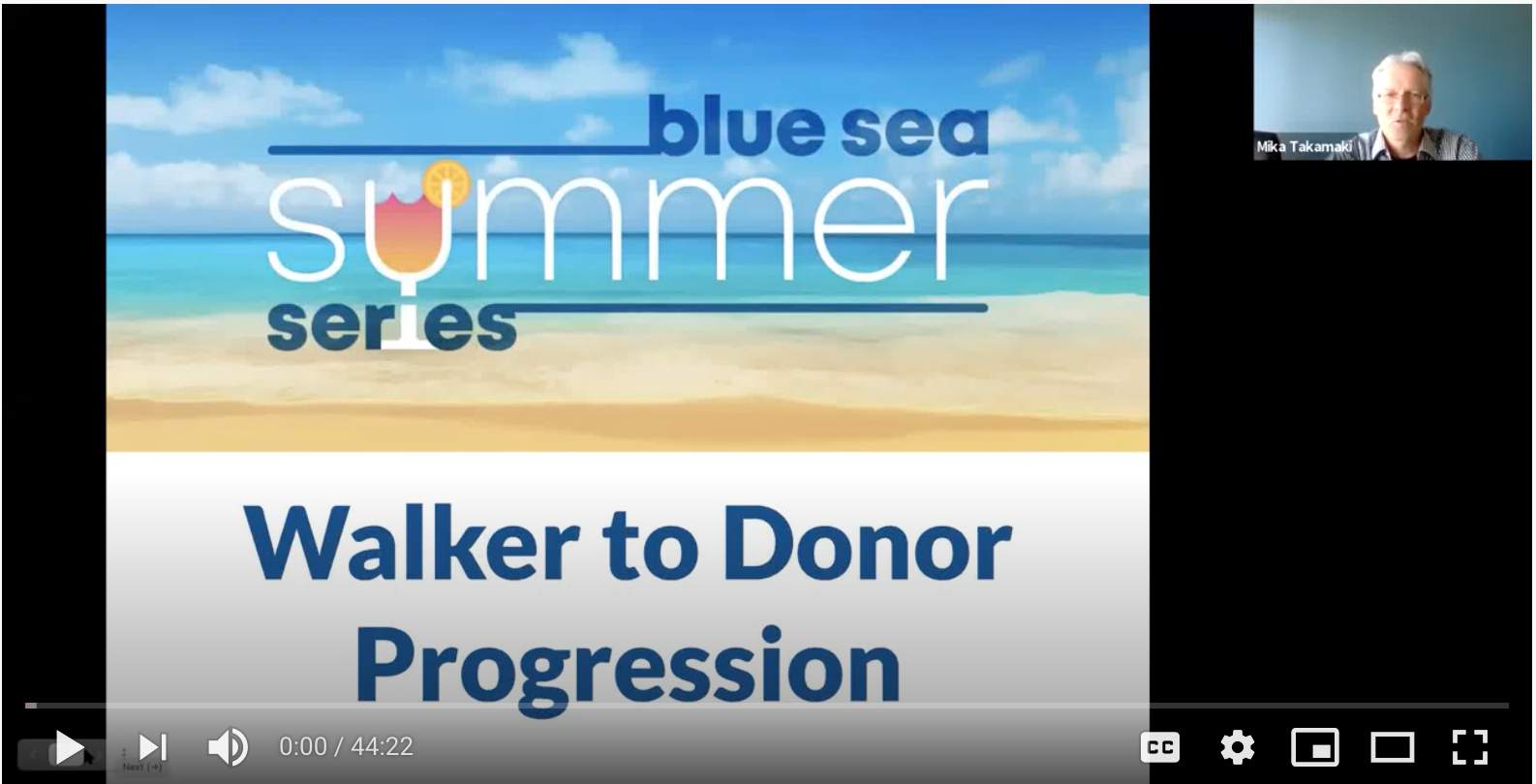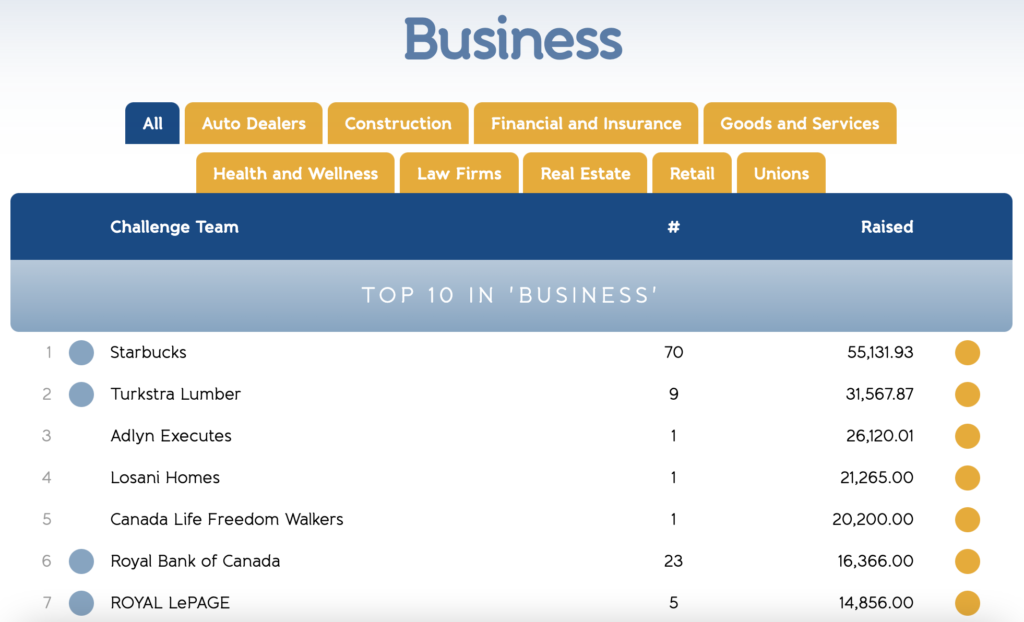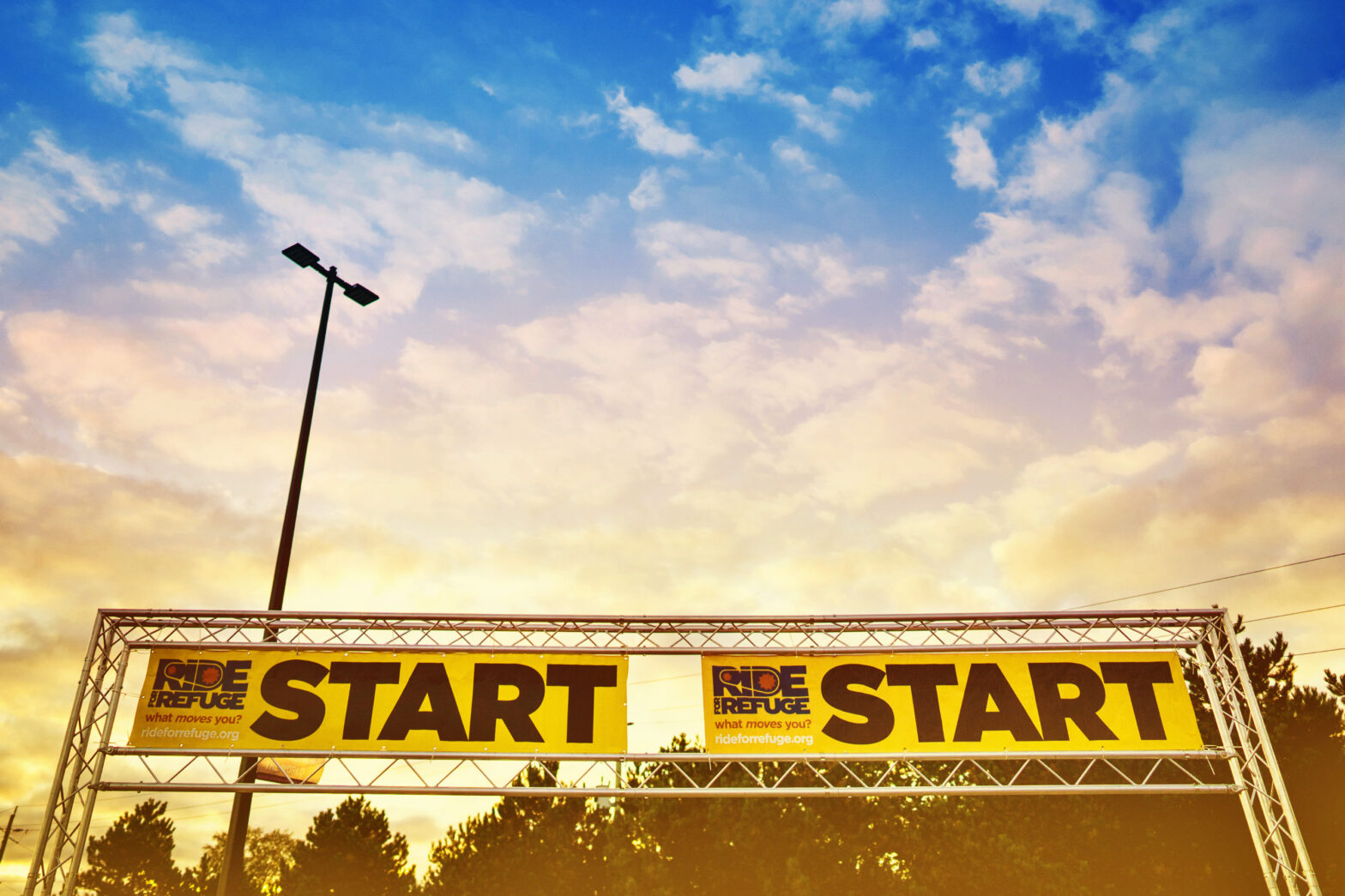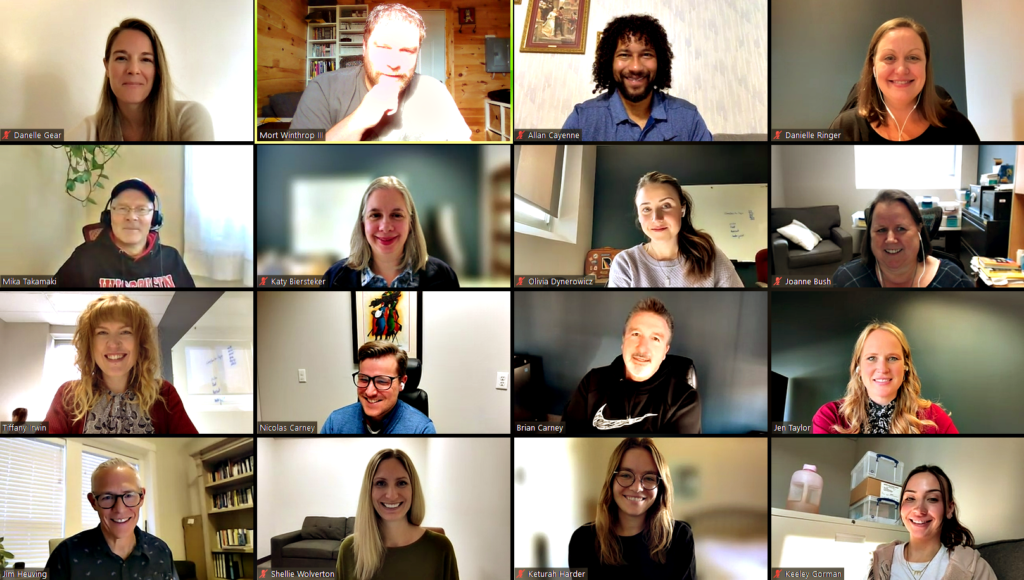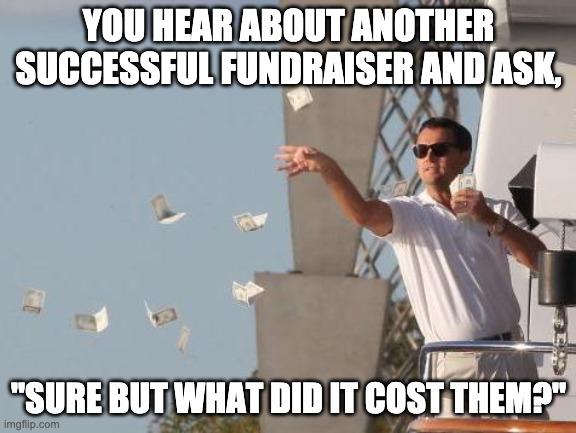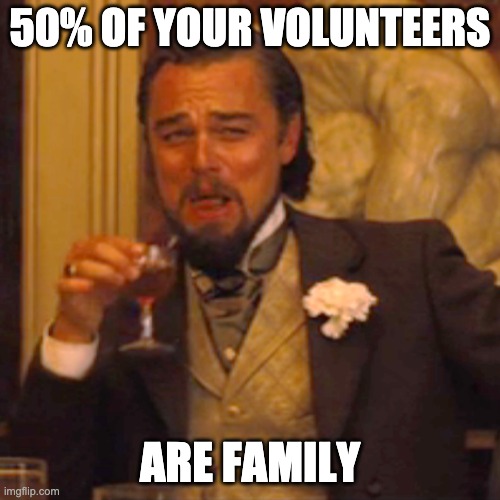
Summer is the perfect time to dive into these topics – Engaging Faith Communities, Business Partnerships, Social Media, and Donor Retention. This Summer Series has been designed for all charities, not just those who are mid-campaign. Sign up for one, or all four of the Summer Series sessions, and you’ll be able to put this new knowledge to work right away!
The best part? There will be time in every session to work in small groups with other charity leaders! So join us for one, or join us for all – just be sure you join us this summer!
Quick Links:
Session One: More than Money – How to Engage Faith Communities for P2P Fundraising Success
Session Two: Stop, Collaborate & Listen – How to Find & Secure Win-Win Business Partnerships
Session Three: Social Media Superfoods – Actionable Tips to Optimize Your Charity’s Social Media
Session Four: Why Donors Walk Away And How To Keep Them Connected with Your Charity Long-Term
Workshop Details
More than Money – How to Engage Faith Communities for P2P Fundraising Success
Church communities, faith groups, and social clubs could be the difference between a paltry p2p performance and heavenly fundraising results. But how do you meaningfully engage these groups?
In this 60-minute interactive online workshop you will hear directly from a church leader who successfully led a $200,000 p2p fundraising campaign by involving other faith-based communities. Join us to learn:
- Why churches, faith groups, and social clubs want to be involved with good causes doing great things in the community
- Why ignoring these groups is a risk you can’t afford to take
- Jim’s three not–so–secret secret steps for HOW to engage churches, faith groups, and social clubs (spoiler alert: they like a free breakfast)
This is an action packed hour that has ample time to spend in small group discussions where you can brainstorm, problem solve, and share best practices with other charity leaders and event directors from across Canada.
Your Host, Jim Heuving: For almost 30 years Jim has been a pastor with a heart to see great things happen in communities. He has been engaged in numerous organizations as a leader, board member, and consultant. He launched Cloverdale Community Kitchen out of his church in Surrey which earned two Not–for–Profit awards from the local Chamber of Commerce. In 2021 they raised over 200k at their CNOY fundraiser. With years of leadership experience, training, and zeal to see good expand, Jim is able to help you navigate wisely and smartly to make the most out of what you have available. If you are looking to engage your local church community, Jim may be able to give you some insider tips.
Stop, Collaborate & Listen – How to Find & Secure Win-Win Business Partnerships
Ready to take your p2p fundraising event to the next level? Want to better understand HOW to access the tens and hundreds of thousands of dollars that Canadian businesses are budgeting each year for marketing and philanthropy?
You are in the right place!
In this 60–minute interactive online workshop you will learn:
- How cause marketing and CSR perfectly positions your p2p fundraising event to receive philanthropic support from local organizations
- How to customize and communicate the unique opportunities your p2p fundraising event offers businesses in your community
- Proven methods for cultivating and capitalizing on relationships with businesses big and small
Our best tips for getting local businesses engaged in your event and coming back year–over–year
This is an action packed hour that will have you hearing from our Blue Sea experts and working in small groups to brainstorm, problem solve, and share best practices.
Your Host, Cathy Manuel: Educated as a social worker and having worked in the charitable sector for nearly 25 years, Cathy understands both the complex needs of the client and the ongoing programming and fiscal challenges faced by charities. Her relationship with Blue Sea extends back to 2012 when she led Ride for Refuge in Moncton and later followed as event director for Coldest Night of the Year. In recent years, Cathy has worked with multiple charities to achieve their fund development goals. Her experience and expertise in donor relations, community connections and fundraising, will provide you with a colorful roadmap to engage the business community and elevate your scoreboard.
Social Media Superfoods – Actionable Tips to Optimize Your Charity’s Social Media
Know social media is important but not sure where to start? “Doing” social media but not sure if it’s doing anything? Not sure where to be, when to post, or what to say?
In this week’s 60-minute online workshop we’re taking a deep dive into your charity’s social media presence. Using our super–useful, super–strategic, super-cool social media checklist you will take stock of your charity’s online efforts:
- Are you on the best platforms?
- Are your accounts optimized?
- Are you sharing enough of the right kind of content?
- Are you missing out on the “low hanging fruit” that could supercharge your social engagement?
Your Host, Kristy Guthrie-Roth: Kristy is a content marketing and communications expert with nearly 15 years’ experience helping visionary organizations achieve their goals with online content that educates, engages, and inspires action. As BSF’s Manager of Communications, Kristy is here to help simplify the world of social media for your charity and give you the knowledge, tips, and tools you need to be successful.
Why Donors Walk Away And How To Keep Them Connected with Your Charity Long-Term
P2P fundraising events inject hundreds of new names and faces into your charity’s ecosystem. They represent an incredible opportunity to both raise those megawatt funds and turn strangers into long term donors. Win–win–win–win–win, right? Why then, are we seeing such low donor and participant retention rates? What’s the secret to turning a walker–rider–donor into a long-term donor?
Find out in this 60-minute online workshop. Our resident donor engagement expert pulls back the curtains and shares the lessons he’s learned in more than 20 years of fundraising.
Join us to learn:
- Why the majority of donors stop giving after the first gift
- How to transform one-time donors into long-term supporters
- How to employ a p2p fundraising event as a key component of a long-term fundraising strategy (and not a stand alone fundraiser)
Take a vacation from your summer vacation to connect with like–minded charity leaders and event directors from across the country. In this workshop, we’ll alternate between short presentations that are bursting with value and dedicated time to work together in small groups.
New knowledge, check!
Fresh ideas and time to brainstorm, check?
An opportunity to share your experiences and hear how other charities are approaching donor retention, check!
Your Host, Mika Takamaki: Mika has been raising money in the charitable sector for more than 20 years. That includes a 10 year stretch of asking friends to financially support his own work. As an original member of the Blue Sea team, Mika talks about fundraising with 1,000+ charities every year. He knows not only the challenges and fears fundraisers face, but also how to overcome those obstacles. He loves hearing and re-telling stories of great things our charity partners are doing but most of all he loves being able to include a sports analogy in every conversation.


